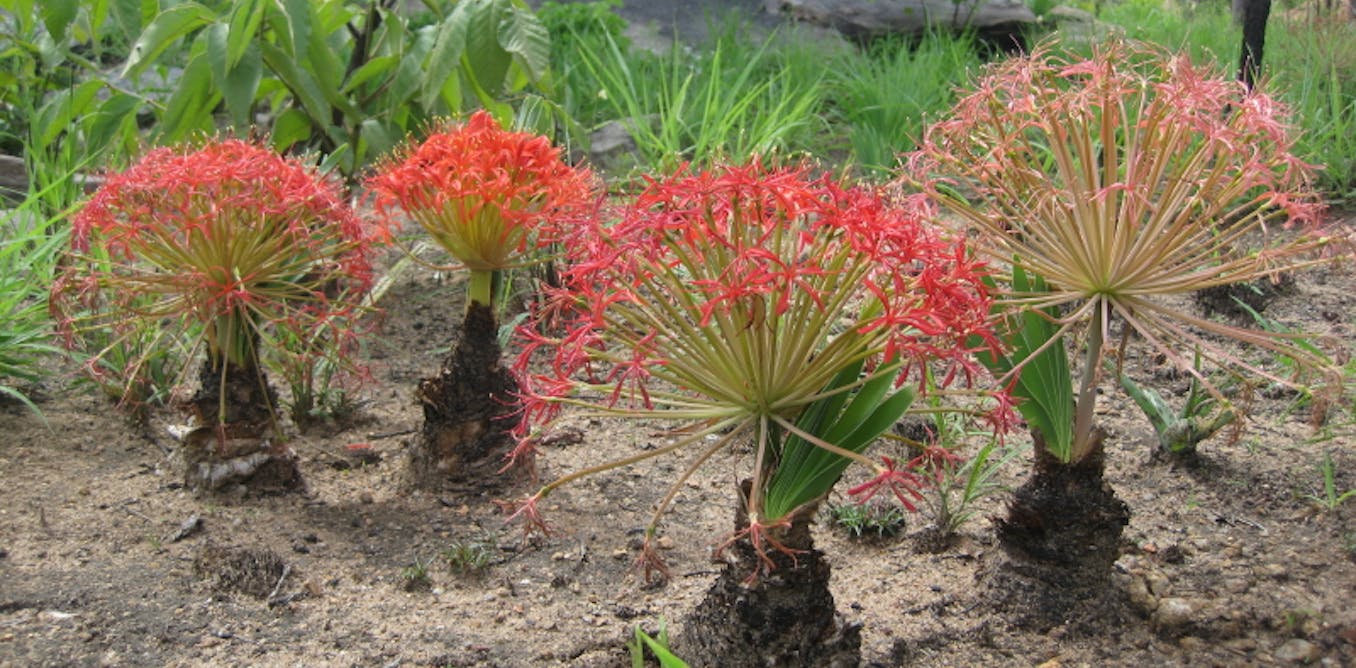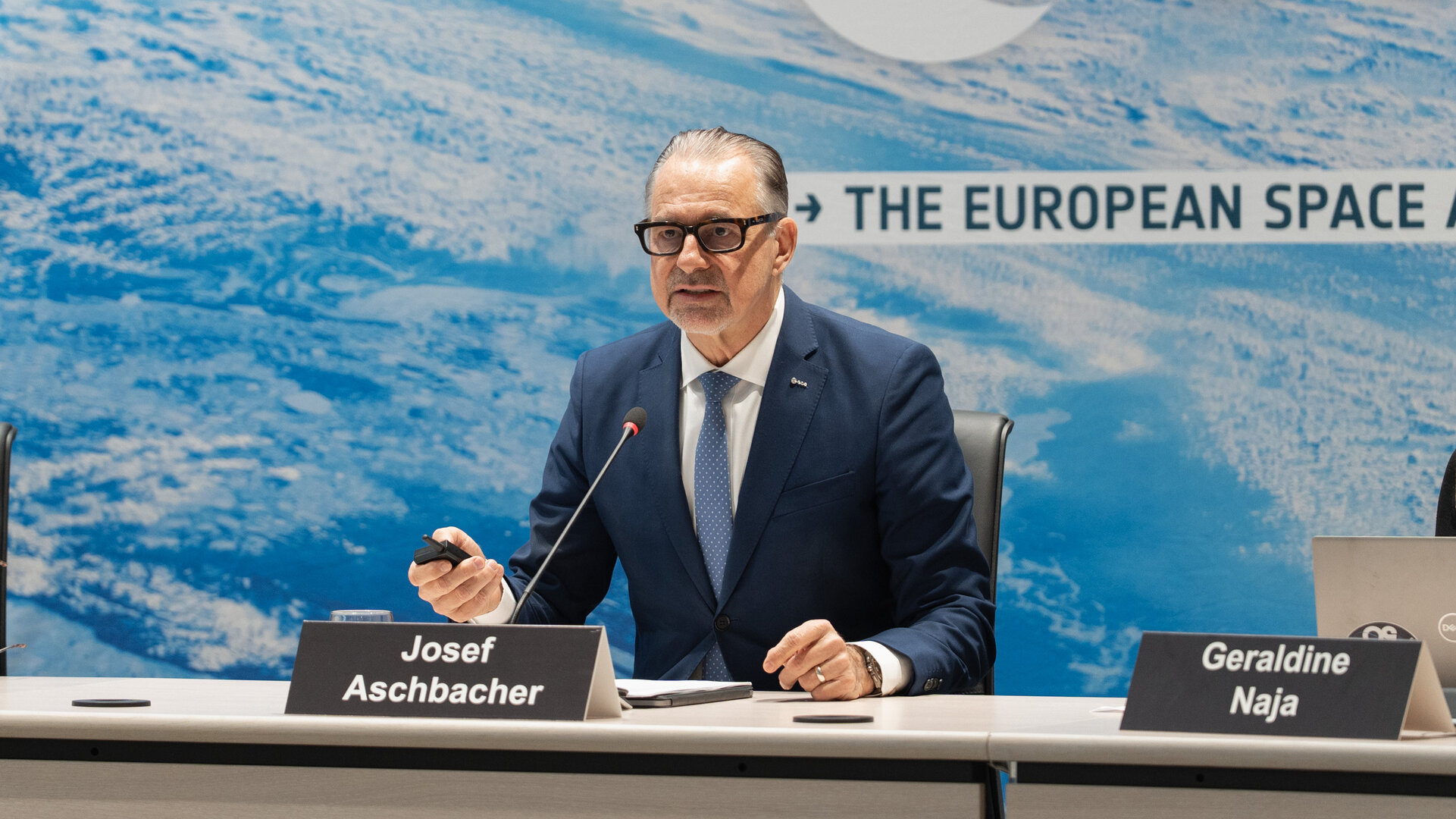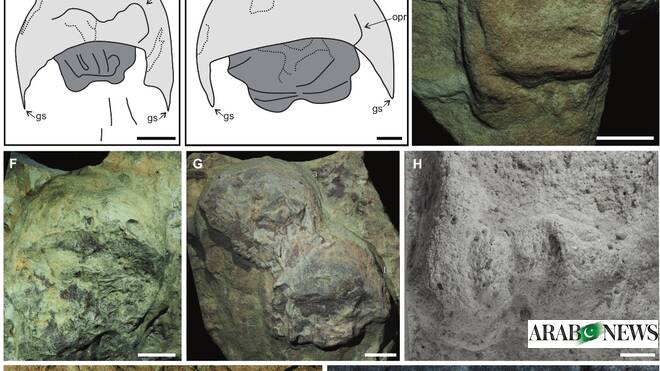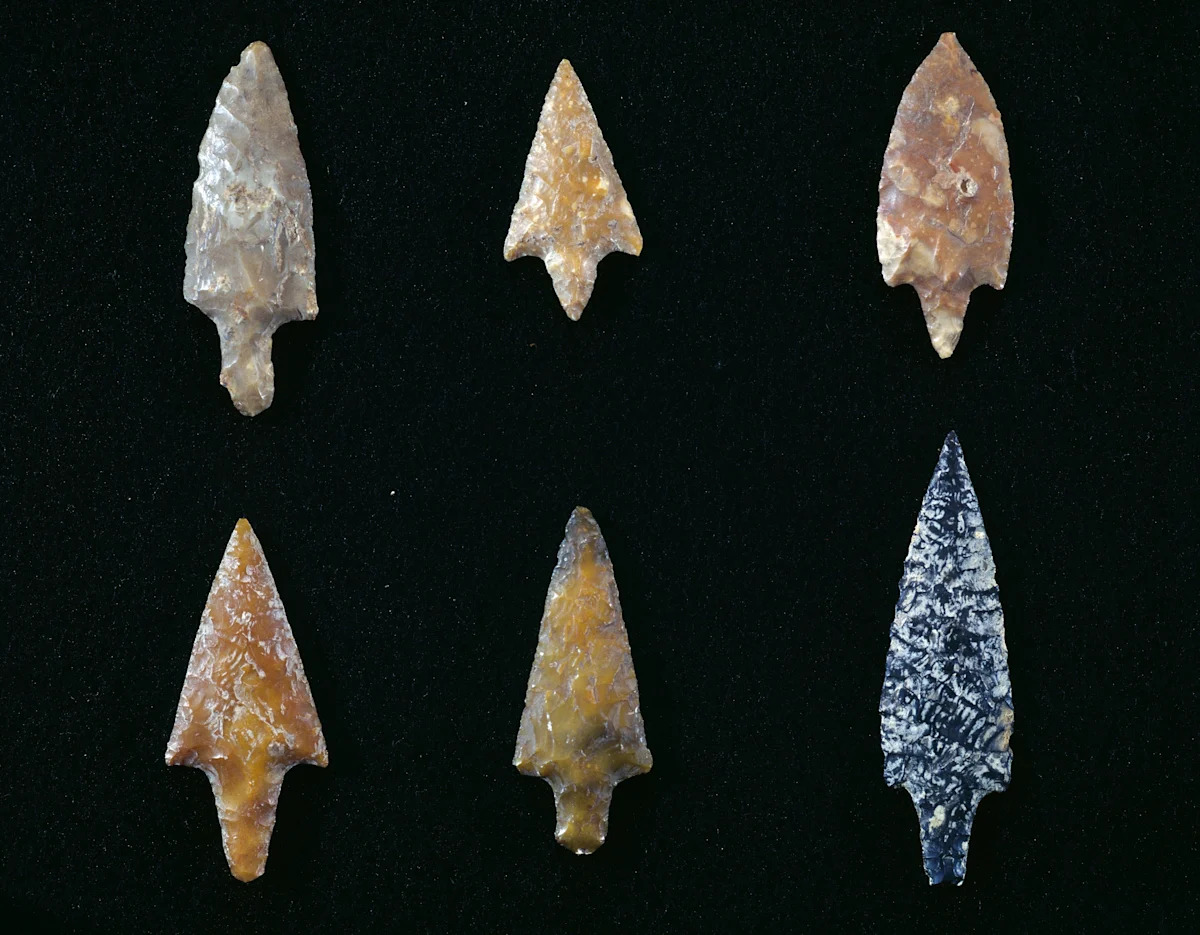The oldest evidence for the use of arrow poison globally was long thought to come from Egypt, dating to 4,000 years ago. It was a black, toxic residue on bone arrowheads from a tomb at the Naga ed Der archaeological site.
New evidence from…

The oldest evidence for the use of arrow poison globally was long thought to come from Egypt, dating to 4,000 years ago. It was a black, toxic residue on bone arrowheads from a tomb at the Naga ed Der archaeological site.
New evidence from…

Josef Aschbacher, Director General of the European Space Agency, briefed journalists on the main milestones for 2026, such as the launch of Smile, a mission that will give humankind its first complete look at how Earth reacts to streams…

RIYADH: The Royal Commission for AlUla announced on Thursday the discovery of rare horseshoe crab fossils estimated to be 465 million years old.
Work is being carried out to study and characterize the fossils, which have not yet been…

The study reveals that environmental stressors do not merely kill bacteria; they can also prime surviving cells to take up resistance genes more efficiently, raising concerns about how antibiotic-resistant bacteria may spread in…

Insider Brief

alien: (in astronomy) Life on or from a distant world.
anesthesia: A medical treatment that causes a numbing or loss of physical feeling. Doctors can induce anesthesia in one area of the body (local anesthesia) or they can offer general…
Insider Brief

Ancient humans used poisoned arrowheads to hunt prey 60,000 years ago, archeologists discovered.
Traces of plant toxins were found on quartz Stone Age arrowheads in South Africa, the oldest known example, suggesting paleolithic hunters had more…

Terms
While we only use edited and approved content for Azthena
answers, it may on occasions provide incorrect responses.
Please confirm any data provided with the related suppliers or
…

NASA has released an image of the interstellar comet 3I/ATLAS captured by one of its spacecraft on its way to Jupiter.
The Europa Clipper spacecraft launched in October 2024 and is on its way to study Europa, one of Jupiter’s largest moons.